From the April 3, 1998 Chicago Reader. My affection for Richard Linklater’s most underrated film has only grown over time. — J.R.
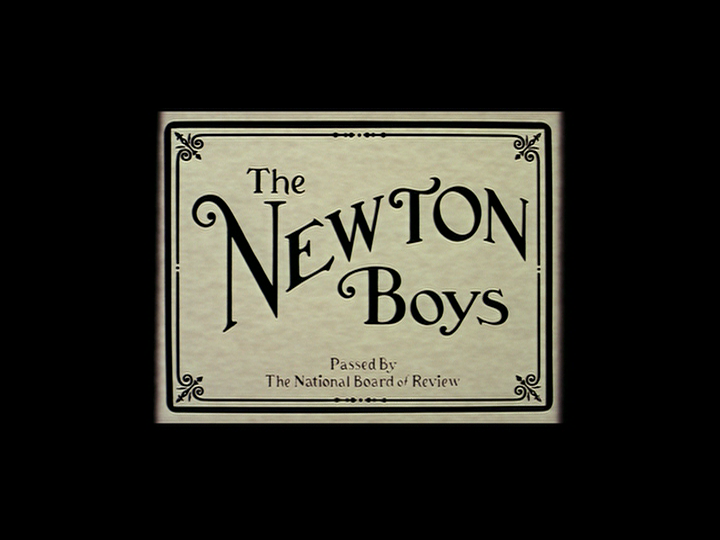
The Newton Boys
Rating *** A must see
Directed by Richard Linklater
Written by Linklater, Claude Stanush, and Clark Lee Walker
With Matthew McConaughey, Skeet Ulrich, Ethan Hawke, Dwight Yoakam, Julianna Margulies, Vincent D’Onofrio, and Chloe Webb.
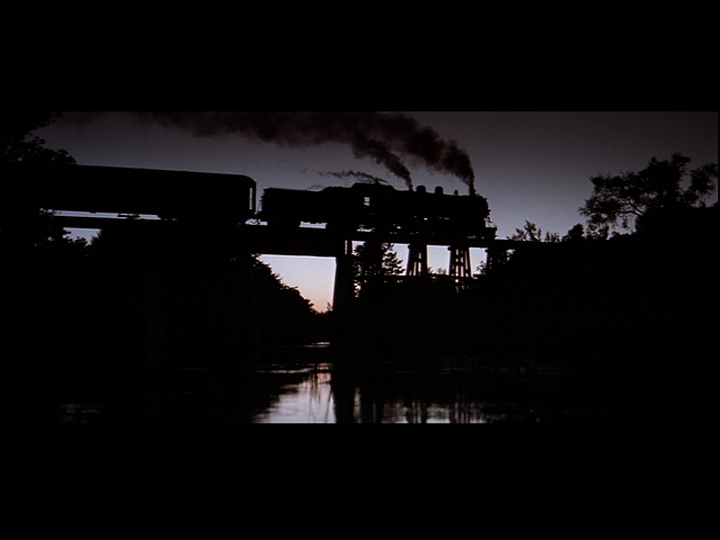
Shortly before reseeing Richard Linklater’s sixth feature, The Newton Boys, I caught up with his first — a Super-8 opus from 1988 with the enigmatic title It’s Impossible to Learn to Plow by Reading Books [see below]. Essentially an epic of inaction starring Linklater himself, the movie consists mainly of hanging out, taking train rides, driving, using a variety of vending machines, doing household chores, and watching movies on TV. The film might be described as a noncommercial version of his second feature, the 1991 Slacker — a Slacker without much dialogue or plot, devoted to the everyday pleasures of vegetating and drifting. Some of it reminds me of structural films and of the work of Jon Jost. Just about all of it is attractively shot. And Linklater’s film references — including choice bits from the sound tracks of The Killing and Some Came Running and an extended ravishing clip from Gertrud — pop up like generous, unexpected gifts. Read more
From the Chicago Reader, January 15, 1993. — J.R.

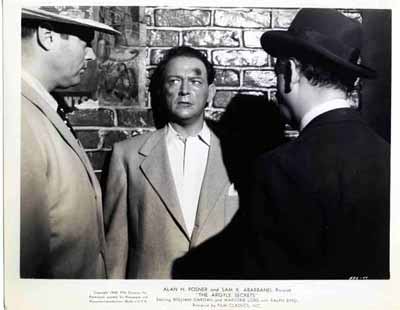
INFLATION
*** (A must-see)
Directed by Cyril Endfield
Written by Endfield, Gene Piller, Michael Simmons, E. Maurice Adler, and Julius Harmon
With Edward Arnold, Horace McNally, Esther Williams, and Vicky Lane.
THE ARGYLE SECRETS
*** (A must-see)
Directed and written by Cyril Endfield
With William Gargan, Marjorie Lord, Ralph Byrd, Jack Reitzen, John Banner, Barbara Billingsley, Alex Fraser, George Anderson, Mary Tarcai, and Kenneth Greenwald.

It’s a virtual truism that rewriting history entails — and to some extent derives from — rethinking the present moment. Just as the recent change in presidents can be linked to the public’s revised reading of the last 4 (or 8 or 12) years, our highly selective sense of film history is determined not only by which films have survived but also by the present-day concerns that dictate what interests us about the past.
Illustrations of this principle can be found in three separate programs showing this week at the Film Center. The first two are part of an invaluable series, “Romanov Twilight: Early Russian Cinema,” running throughout this month. I haven’t previewed the films for these programs — Yakov Protazanov’s two-part Satan Triumphant (1917) on Saturday at 4:30 and Evgenii Bauer’s Yuri Nagorny (1916) and V. Read more
From Written By: The Journal of the Writers Guild of America, West (March 1998, Vol. 2, issue 3).
The first photograph here was taken during the summer of 1987, when I was the director of the Film Studies summer school program at the University of California, Santa Barbara and invited Sam Fuller to serve as our Artist in Residence. –- J.R.
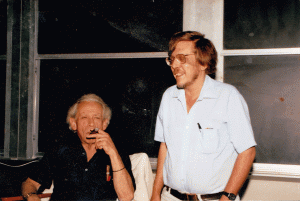
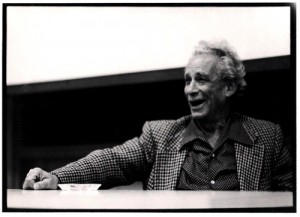
Many film lovers of my generation were introduced to him in an early party sequence in Jean-Luc Godard’s already unruly Pierrot le Fou (1965), playing himself and smoking his signature cigar-a short, wiry firecracker ready to hold forth. Asked by Jean-Paul Belmondo what cinema was, he said it was like a battleground: “Love. . .hate. . . action. . .violence. . .death. In a word, emotion.”
By the time the writer-director-legend Samuel Fuller died in Hollywood last October at age 86, his reputation as the last two of these hyphenates was fully in place. Celebrated for his gritty noirs, unglamorous war films, and eccentric westerns, he also turned up in bit parts in everything from The American Friend to 1941. Yet the fact that he’s still better known as a director and as a juicy screen presence than as a writer seriously distorts the meaning of his life and career. Read more
From the April 1, 1993 Chicago Reader. — J.R.
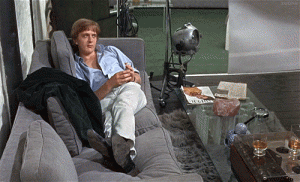
Michelangelo Antonioni’s sexy art-house hit of 1966, which played a substantial role in putting swinging London on the map, follows a day in the life of a young fashion photographer (David Hemmings) who discovers, after blowing up his photos of a couple glimpsed in a park, that he may have inadvertently uncovered a murder. Part erotic thriller (with significant glamorous roles played by Vanessa Redgrave, Sarah Miles, Verushka, and Jane Birkin), part exotic travelogue (featuring a Yardbirds concert, antiwar demonstrations, street mimes, one exuberant orgy, and a certain amount of pot), this is so ravishing to look at (the colors all seem newly minted) and pleasurable to follow (the enigmas are usually more teasing than worrying) that you’re likely to excuse the metaphysical pretensions — which become prevalent only at the very end — and go with the 60s flow, just as the original audiences did. 111 min. (JR)
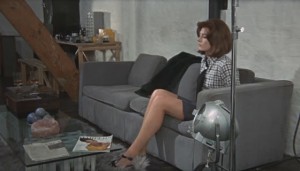
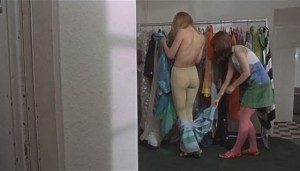 Read more
Read more










